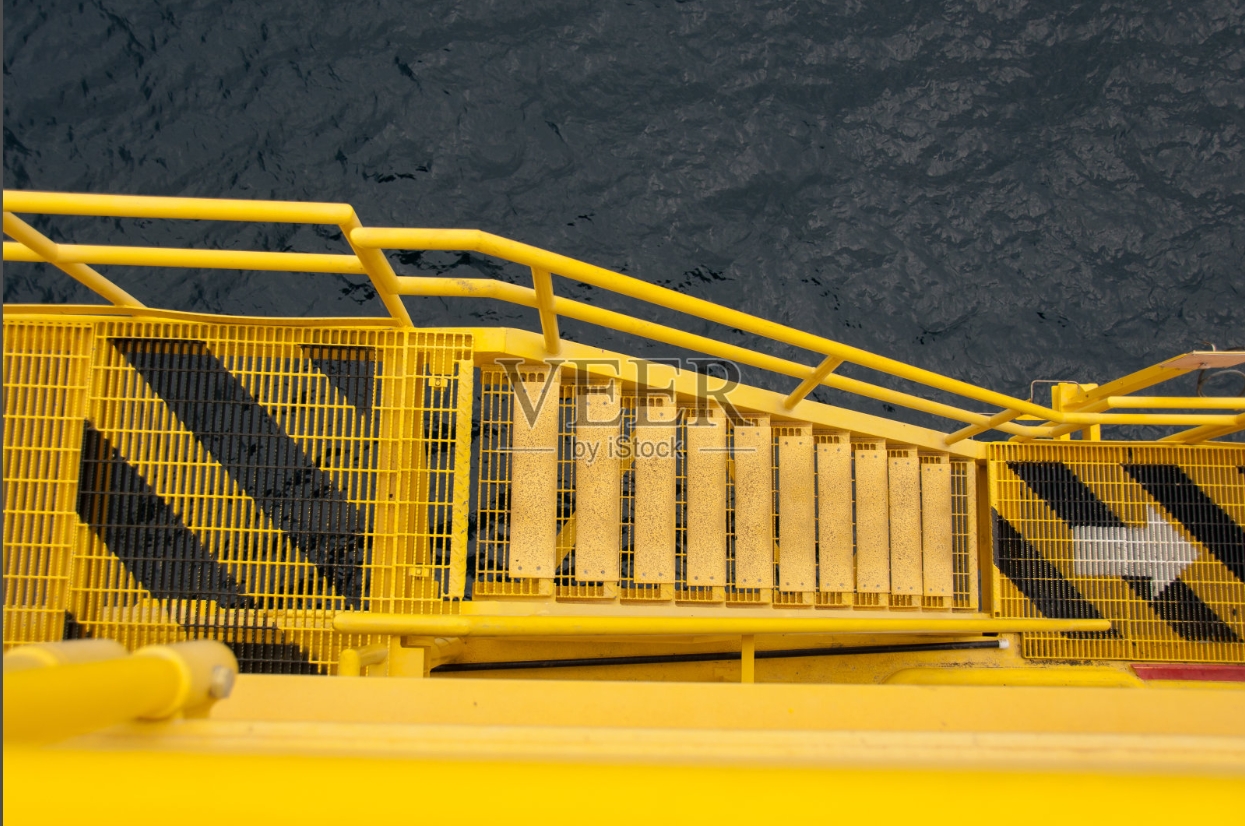Understanding Desilter Hydrocyclones in Oilfield Operations
May 08,2025
--- Desilters play a vital role in the oilfield operations, particularly regarding the management of drilling fluids. A desilter hydrocyclone is a specialized device designed to remove fine solids from drilling mud, which is crucial in maintaining the effectiveness and longevity of drilling equipment. This article delves into the functionality, benefits, and operational significance of desilter hy

---
Desilters play a vital role in the oilfield operations, particularly regarding the management of drilling fluids. A desilter hydrocyclone is a specialized device designed to remove fine solids from drilling mud, which is crucial in maintaining the effectiveness and longevity of drilling equipment. This article delves into the functionality, benefits, and operational significance of desilter hydrocyclones in the oilfield sector.
A hydrocyclone operates on a simple yet effective principle that utilizes centrifugal force to separate solid particles from liquids. When the drilling fluid enters the hydrocyclone, it is forced through a narrow inlet, creating a spiral flow. The centrifugal force generated causes the denser solid particles to move outward toward the wall, while the lighter liquid phase spirals inward and exits through the top. This separation process efficiently removes particles that are generally smaller than 75 microns, making desilter hydrocyclones particularly valuable in maintaining the quality of the drilling fluid.
One of the key benefits of using desilter hydrocyclones is the enhancement of drilling efficiency. By ensuring that the drilling mud remains clean and free of fine solids, the hydrocyclones help prevent issues such as bit wear and decreased rate of penetration. A clean drilling fluid also minimizes the risk of stuck pipes and reduces the frequency of equipment maintenance, leading to lower operational downtime.
Moreover, desilters contribute to environmental sustainability efforts in oilfield operations. The effective removal of solids means that the drilling fluid can be reused multiple times, reducing waste and lowering the amount of new material needed. This recycling process not only conserves resources but also minimizes the environmental footprint associated with drilling activities.
In terms of installation and maintenance, desilter hydrocyclones are relatively straightforward. They can be integrated into existing drilling fluid systems and often require minimal maintenance. Regular checks and cleanings can ensure optimal performance, allowing operators to maximize their investment.
In conclusion, desilter hydrocyclones are indispensable tools in oilfield operations. Their ability to efficiently separate fine solids from drilling fluids enhances the overall drilling process, reduces equipment wear, and supports sustainable practices. Understanding the importance of these devices can lead to improved operational strategies and better resource management in the chemical and rubber industries, particularly in the realm of oilfield operations.
Desilters play a vital role in the oilfield operations, particularly regarding the management of drilling fluids. A desilter hydrocyclone is a specialized device designed to remove fine solids from drilling mud, which is crucial in maintaining the effectiveness and longevity of drilling equipment. This article delves into the functionality, benefits, and operational significance of desilter hydrocyclones in the oilfield sector.
A hydrocyclone operates on a simple yet effective principle that utilizes centrifugal force to separate solid particles from liquids. When the drilling fluid enters the hydrocyclone, it is forced through a narrow inlet, creating a spiral flow. The centrifugal force generated causes the denser solid particles to move outward toward the wall, while the lighter liquid phase spirals inward and exits through the top. This separation process efficiently removes particles that are generally smaller than 75 microns, making desilter hydrocyclones particularly valuable in maintaining the quality of the drilling fluid.
One of the key benefits of using desilter hydrocyclones is the enhancement of drilling efficiency. By ensuring that the drilling mud remains clean and free of fine solids, the hydrocyclones help prevent issues such as bit wear and decreased rate of penetration. A clean drilling fluid also minimizes the risk of stuck pipes and reduces the frequency of equipment maintenance, leading to lower operational downtime.
Moreover, desilters contribute to environmental sustainability efforts in oilfield operations. The effective removal of solids means that the drilling fluid can be reused multiple times, reducing waste and lowering the amount of new material needed. This recycling process not only conserves resources but also minimizes the environmental footprint associated with drilling activities.
In terms of installation and maintenance, desilter hydrocyclones are relatively straightforward. They can be integrated into existing drilling fluid systems and often require minimal maintenance. Regular checks and cleanings can ensure optimal performance, allowing operators to maximize their investment.
In conclusion, desilter hydrocyclones are indispensable tools in oilfield operations. Their ability to efficiently separate fine solids from drilling fluids enhances the overall drilling process, reduces equipment wear, and supports sustainable practices. Understanding the importance of these devices can lead to improved operational strategies and better resource management in the chemical and rubber industries, particularly in the realm of oilfield operations.
Key words:


